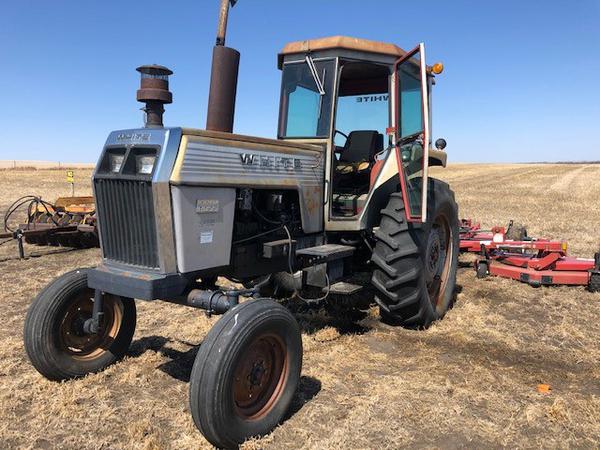Register an account with RME to store your favorite equipment and easily compare between units.
RegisterFive Steps to Ensure Your Combine is Ready for Winter Storage
As harvest comes to an end, many producers are getting ready to put away the combine for the year. Taking small steps and making sure the combine is clean, well-maintained and adjusted can provide big benefits for next fall. Our guest blogger is Kevin Breneman, who leads our combine technical services group. Kevin has been with Case IH for 13 years. He and his team of 10 provide crop production, harvesting and precision farming support to dealers across the U.S. and Canada. He grew up north of Madison, Wis. and has always been drawn to equipment and agricultural engineering.
Is your combine ready for winter storage? Here is a checklist to ensure your combine is ready to go next fall.
- Clean the machine – The number one priority is to clean off the crop residue and debris. After all shields are taken off, start by cleaning with compressed air. Try to clean as much with compressed air as possible before bringing out the pressure washer. Be cautious of what you are pressure washing and avoid spraying water directly into the electrical harnesses, connectors or into bearings and shaft seals. Cleaning the machine reduces the possibility of rodent damage. Once the machine is cleaned, be sure to clean the headers.
- Inspect the combine – When the shields are off for cleaning, it’s a perfect time to do a thorough inspection of the combine. Replace any components that are damaged due to wear and tear. If there isn’t time to complete the repairs right away, make a list of items that need attention and when time is available in the winter or next summer, complete the service work and make the required repairs.
- Change fluids – Before putting the combine away for storage, do a service check and change fluids if the service interval requires it. During use, oils will collect contaminates, and the protective additives in the oil tend to break down late in the oil’s service life. These two things can lead to corrosion if the oil sits in the machine during storage, so it’s better to make the oil change prior to storage.
- Fill the fuel tank – It’s better to have the fuel tank full during storage to reduce condensation, especially during the winter months. Preventing the accumulation of condensation in the fuel tank reduces the risk of water getting into expensive diesel injection system components. Water can quickly damage today’s high pressure fuel systems. Always remember to drain the water separator after storage.
- Check operators manual – Storage instructions are located in the operator’s manual, as well as service and maintenance charts. If additional service is required based on hours of operation, your Case IH dealer can help perform this more involved service or supply kits if you prefer to do it yourself. Many Case IH dealers offer winter maintenance specials.
While performing maintenance and ensuring the combine is correctly adjusted takes time, it is critical for the health of the machine. It will reduce the chance of break downs or errors when harvesting comes around next year.
When a combine is well-maintained and stored properly, the key benefit is an extended life for all of the components on the machine. Case IH Axial-Flow® combines are designed to meet a target hours of use before rebuilds or repairs are necessary, and it requires good maintenance in order to achieve that lifetime.
Is your combine ready for winter storage? Do you have any combine maintenance chores lined up for the off-season? Do you follow a checklist to ensure your combine is well-maintained and adjusted? Please feel free to contact us for any more information or assistance.





